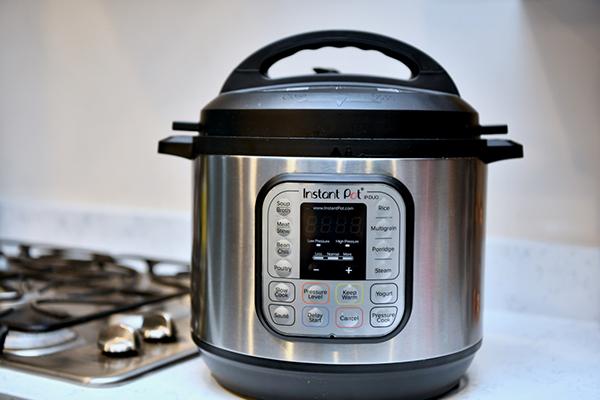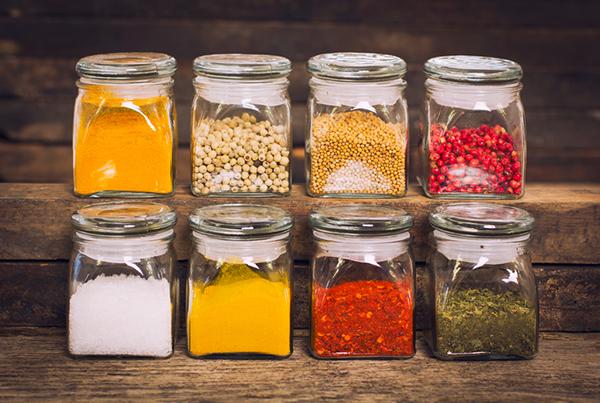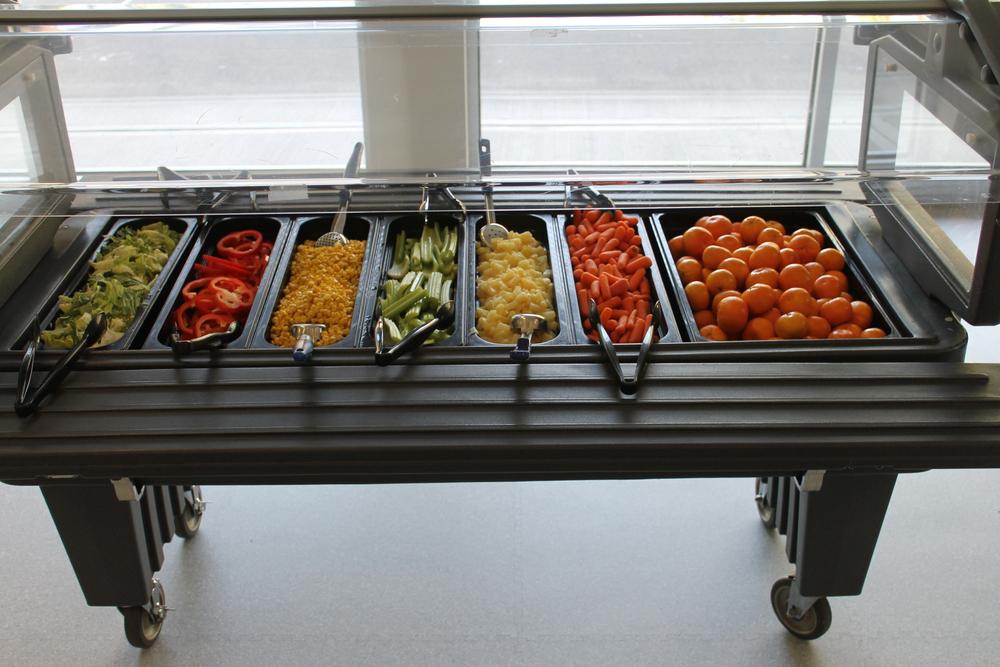 Meal prepping is a common recommendation for busy parents who want to provide healthy meals and make weeknights smoother, especially when there’s a young athlete with a packed schedule and a big appetite in the house. But meal prepping can also be overwhelming, and most people simply don’t have six hours to spend in the kitchen on a weekend.
Meal prepping is a common recommendation for busy parents who want to provide healthy meals and make weeknights smoother, especially when there’s a young athlete with a packed schedule and a big appetite in the house. But meal prepping can also be overwhelming, and most people simply don’t have six hours to spend in the kitchen on a weekend.
Thankfully, meal prep doesn’t have to be a drawn-out process. Here, TrueSport Expert Kristen Ziesmer, a registered dietitian and board-certified specialist in sports dietetics, shares her tips for successful, simple meal prepping.
Planning is part of meal prep
Carve out time once a week to plan out meals for the coming week, including breakfast, lunch, dinner, and snacks—the busier your schedule is, the more important this step becomes! “Every weekend, I sit down and look at the week coming up,” says Ziesmer. “For instance, I know that on Tuesdays, my son has soccer until 6:15 p.m., which means there’s not a lot of time to make dinner. We know that meal should be leftovers from the night before, which means the night before, I need to make a bigger meal so that we have those leftovers.”
Build a regular grocery list
 Meal prep also means having all your ingredients on hand. Once you decide on meals for the week, you can build a comprehensive grocery list. “Blindly going to the grocery store and shopping at random usually means you’ll be back at the grocery store within a day or two,” Ziesmer notes. And once you’ve created this master grocery list once—ideally in a digital format so it doesn’t get thrown out—it becomes easier to quickly look in the fridge and pantry each week and add or subtract items from the list as needed.
Meal prep also means having all your ingredients on hand. Once you decide on meals for the week, you can build a comprehensive grocery list. “Blindly going to the grocery store and shopping at random usually means you’ll be back at the grocery store within a day or two,” Ziesmer notes. And once you’ve created this master grocery list once—ideally in a digital format so it doesn’t get thrown out—it becomes easier to quickly look in the fridge and pantry each week and add or subtract items from the list as needed.
Redefine what meal prep means
The concept of meal prepping calls to mind stacks of perfectly organized containers in the fridge, labeled with which night they’ll be eaten. That’s not realistic for most families. “Before I had kids, I used to spend Sundays meal-prepping, making all of my food for the entire week, but now there’s no way I have half a day to devote to that,” says Ziesmer. Now, she meal preps by always cooking extra when she is in the kitchen. “Cook extra when you do cook! Rather than make everything on Sunday, I double recipes for dinner every time I cook it, and then we have that for lunches, or use the extra ingredients to have a dinner made with leftovers,” she explains.
Apply meal prep to breakfast too
 Most people think of meal prep as a lunch or dinner solution, but Ziesmer also loves simplifying a healthy breakfast. “I make overnight oats to save cooking time in the morning, or I’ll make a big egg and vegetable frittata with whatever vegetables are starting to wilt in the fridge and we’ll eat that for a few days,” she says.
Most people think of meal prep as a lunch or dinner solution, but Ziesmer also loves simplifying a healthy breakfast. “I make overnight oats to save cooking time in the morning, or I’ll make a big egg and vegetable frittata with whatever vegetables are starting to wilt in the fridge and we’ll eat that for a few days,” she says.
You can find a great hot oatmeal recipe here, but instead of cooking it on the stove, simply put the ingredients together in a container and refrigerate overnight, then warm up in the microwave in the morning or enjoy cold!
The right equipment helps
 “Getting an Instant Pot is easily my number one tip,” Ziesmer says. A pressure cooker like the Instant Pot can cook an entire chicken in under an hour, slow cook a chili or stew all day, or make rice in minutes. “It’s great for quickly cooking frozen meat and vegetables—with so much going on, I often forget to take things out of the freezer for dinner, but with the Instant Pot, I can still cook quickly,” she says. An Instant Pot or slow cooker also helps avoid massive cleanups, since most meals can be made using just that pot. And since you don’t need to stir or sauté when using an Instant Pot, you can dump your ingredients in, walk away, and come back to a perfectly prepared meal.
“Getting an Instant Pot is easily my number one tip,” Ziesmer says. A pressure cooker like the Instant Pot can cook an entire chicken in under an hour, slow cook a chili or stew all day, or make rice in minutes. “It’s great for quickly cooking frozen meat and vegetables—with so much going on, I often forget to take things out of the freezer for dinner, but with the Instant Pot, I can still cook quickly,” she says. An Instant Pot or slow cooker also helps avoid massive cleanups, since most meals can be made using just that pot. And since you don’t need to stir or sauté when using an Instant Pot, you can dump your ingredients in, walk away, and come back to a perfectly prepared meal.
Look for whole food-friendly shortcuts
Think past the traditional Sunday meal prep and keep your kitchen stocked with foods that don’t require much forethought or meal prep at all. Frozen vegetables are just as healthy as fresh ones, and if you’re the kind of person who often ends up with wilted, moldy vegetables in your crisper, you may want to swap at least some of your veggies to frozen options that can be sautéed or tossed in a stew or chili. And stock favorite easy meal staples: Things like canned wild-caught salmon, five-minute brown rice, canned black beans, and a jar of salsa in the pantry can be used to make a healthy burrito bowl in minutes.
Use spices and condiments to keep it interesting
 Rather than making completely different meals for every day of the week, consider how basic ingredients can be seasoned in different ways in order to make each meal taste completely different despite the same base. For instance, chicken and brown rice cooked in the Instant Pot can be made into a Thai-inspired dish by adding some peanut sauce and frozen peppers and onions in a stir-fry; or a curry with the addition of some curry powder, a bit of coconut milk, and frozen cauliflower; or a burrito bowl with some shredded lettuce, guacamole, and pico de gallo. This simplifies your meal prep and prevents tastebud fatigue.
Rather than making completely different meals for every day of the week, consider how basic ingredients can be seasoned in different ways in order to make each meal taste completely different despite the same base. For instance, chicken and brown rice cooked in the Instant Pot can be made into a Thai-inspired dish by adding some peanut sauce and frozen peppers and onions in a stir-fry; or a curry with the addition of some curry powder, a bit of coconut milk, and frozen cauliflower; or a burrito bowl with some shredded lettuce, guacamole, and pico de gallo. This simplifies your meal prep and prevents tastebud fatigue.
____________________________
Takeaway
Meal prep should work for you and your family, which may mean reimagining the process to save time, accommodate picky tastebuds, and work around your athlete’s busy schedule.



